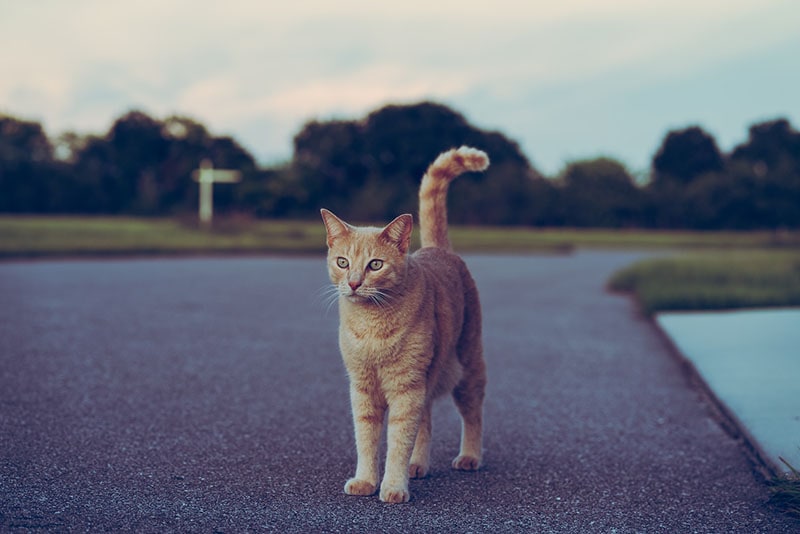How to Clean Cat Vomit Out of Your Couch: 3 Easy Methods
By Luxifa Le
Updated on
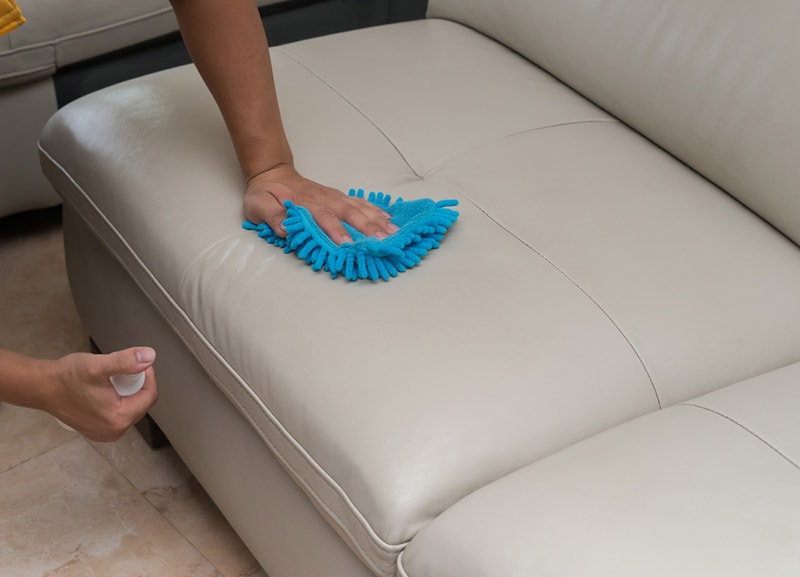
Nothing will get a cat owner out of bed like the sound of a cat throwing up, so it’s incredibly disheartening to find that your cat vomited on your upholstery instead of the easy-to-clean linoleum in the kitchen. Luckily, getting the stain out of your couch can be a quick fix with the right materials!
Here are our favorite methods of getting cat vomit out of your upholstery. One of these methods will help get your couch back to its previous clean state.
The 3 Ways to Clean Cat Vomit on Couches
1. Enzyme Cleaner
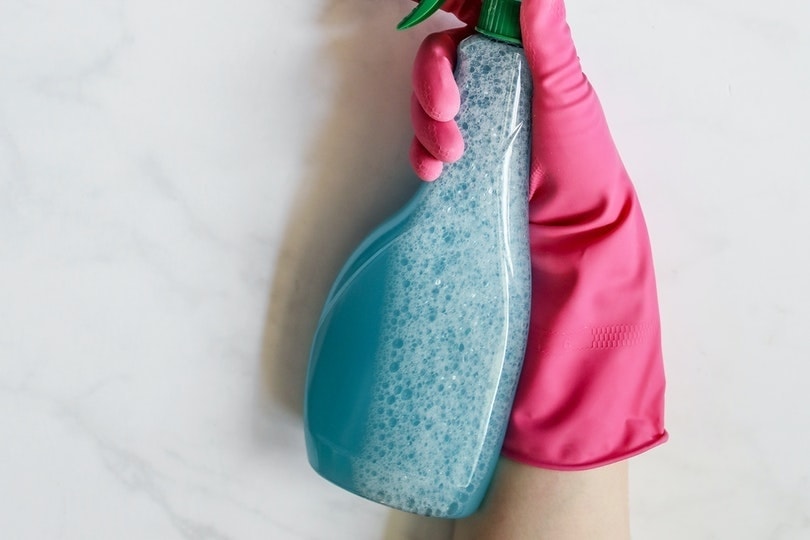
- Commercial enzyme cleaner
- Washcloth
Commercial enzyme cleaners are the best way to remove stains and odors from your upholstery. Enzyme cleaners are designed using chemical enzymes that bind to animal waste’s chemical components and turn them into gasses that evaporate into the air as the solution dries.
To use a commercial enzyme cleaner on vomit, start by spot-testing the cleanser on your upholstery to ensure that the color won’t fade. Then go about cleaning up any chunks and getting as much of the vomit off the couch as possible. This will prevent the vomit from further seeping into the upholstery.
Once you’re left with a simple stain, you’ll want to spray the enzyme cleaner on the stain until the upholstery is well saturated with the cleaner. Next, blot away the stain with a washcloth. Then, you just need to leave it to air dry. The odors will evaporate with the cleaner.
Our favorite enzyme cleaner is the Hepper Advanced Bio-Enzyme Pet Stain & Odor Eliminator Spray. It's our product, and we love it so much, we just have to share. It permanently removes the very worst smells and stains (yes, everything you can imagine!), and we offer a 100% satisfaction guarantee!
- ADVANCED ENZYMATIC CLEANER - Penetrates the most stubborn smells and stains at the deepest molecular...
- FOR ANY MESS, ON ANY SURFACE - This pet odor eliminator cleans your carpets, floors, furniture,...
2. Seltzer Water and Baking Soda
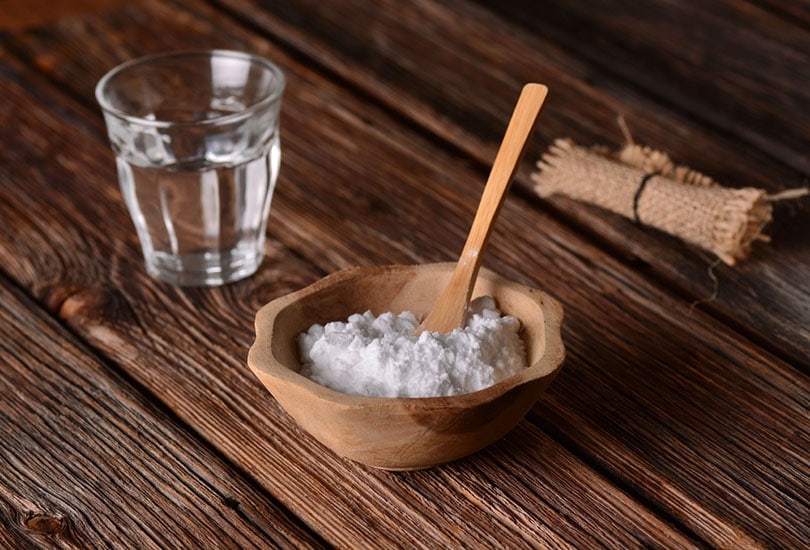
- Seltzer water
- Baking soda
- Warm water
- Vacuum
- Washcloth
Start this process by removing as much of the vomit as you can from the upholstery. Then start the cleaning process by pouring baking soda all over the stain. Leave it for 2 hours so the baking soda can lift the stain out of the upholstery. Then, vacuum the excess baking soda off the surface of the upholstery.
Wet the stain with seltzer water and blot with a washcloth to thoroughly remove the stain and associated odors. Next, rinse the stain out with warm water. Repeat these steps as many times as necessary to remove the stain entirely.
3. Vinegar and Dish Soap
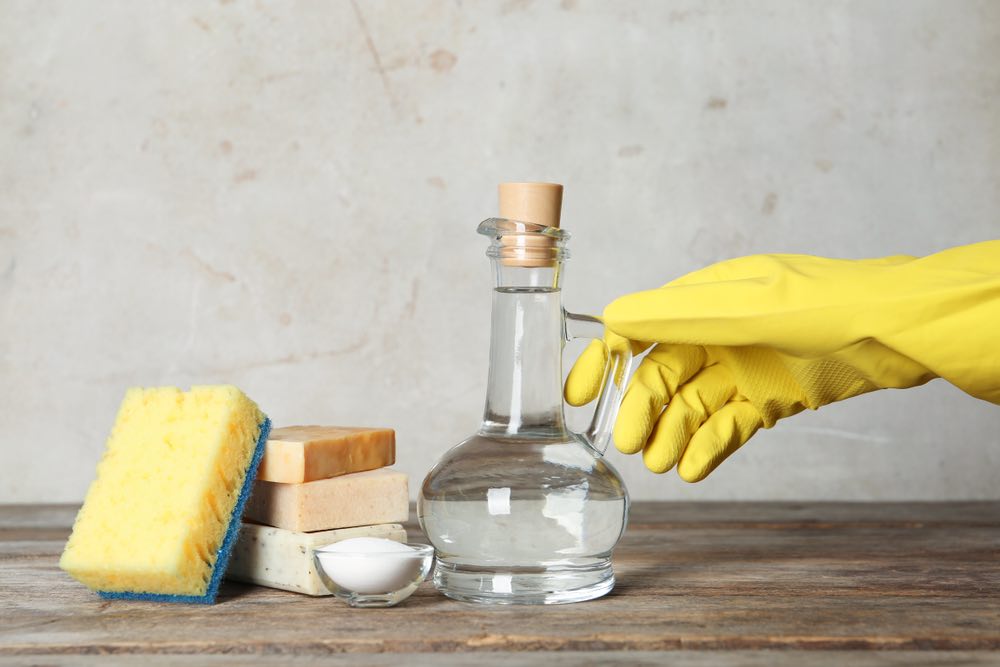
- White vinegar
- Gentle, pet-friendly dish soap (like Dawn)
- Baking soda or borax
- Warm water
- Paper towels
- Washcloth
- Vacuum
Start by removing as much of the vomit as you can with paper towels or a washcloth. Next, blot the stain with a wet cloth to remove the stain from the upholstery.
Mix 1/2 cup of white vinegar with 1 tablespoon of dish soap and whisk it until it foams. Scoop the foam out with a spoon and apply it to the stain. Rub the foam into the stain gently with a paper towel.
Repeat these steps two or three times. Then, sprinkle baking soda or borax over the stain and leave it to ruminate overnight. Next, vacuum up the baking soda in the morning and blot the stain with a wet cloth again to finish up the cleaning process.
Causes of Vomiting in Cats
The easiest way to get cat vomit out of your upholstery is to prevent the vomit from ending up there in the first place. Vomiting is not typical for cats, and your cat shouldn’t frequently be vomiting. In addition, identifying the causes of your cat’s vomiting can help prevent them from vomiting on your things in the future.
Hairballs
Hairballs are one of the most common causes of vomiting in cats. Most cat owners are familiar with hairballs; by the time they reach your floor—or your sofa, in this case—they rarely resemble balls at all but instead look like mucusy tubes of fur depending on the length of your cat’s fur.
Cats develop hairballs from ingesting hair while grooming themselves. While they’ve been consuming hair for thousands of years, they haven’t developed the ability to digest it. So, the hair moves through the digestive tract relatively intact, or it’s supposed to.
If your cat’s fur builds up to the point where it cannot be safely passed through the digestive tract, your cat will get rid of it by throwing it up. In extremely rare cases, hair can build up to the point where it can neither be passed through the digestive tract nor thrown up.
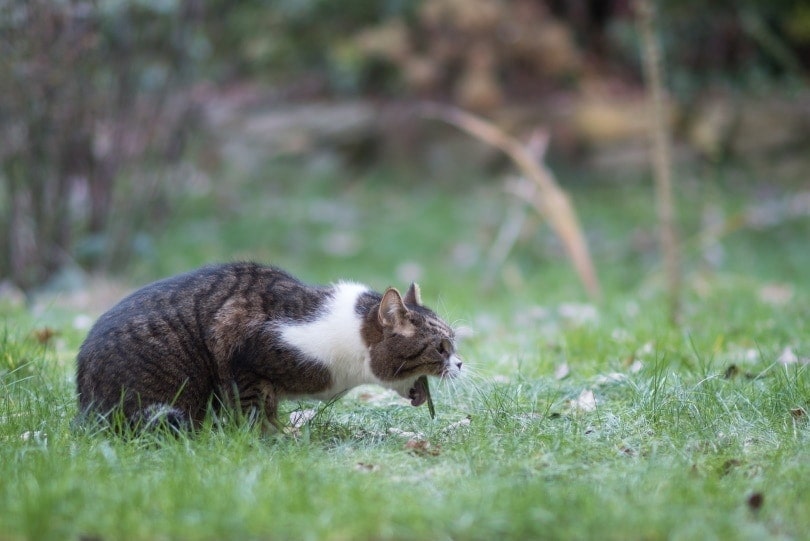
If your cat has a lot of hairballs, you can get your cat an over-the-counter hairball remedy. These usually contain a lubricant that keeps the digestive tract lubricated and eases the passing of hairballs. They also typically include a mild laxative that will move things through your cat’s digestive tract faster so that there is no time for your cat’s fur build-up to get out of hand.
You can also help your cat with hairballs by brushing them regularly. While shorthaired cats may not need to have their fur detangled like longhaired cats, their fur still sheds into their undercoats. Removing fur from the undercoat can help prevent your cat from ingesting excessive amounts of fur.
Eating Too Much or Too Fast
Cats can also experience vomiting when they eat too much or too fast. However, this is not considered vomiting in clinical terms. When your cat overeats or eats too fast, the walls of its stomach expand so rapidly that the brain thinks it is being harmed. When this happens, the brain will signal the stomach to void what has entered the stomach by regurgitation.
In clinical terms, vomiting is the ejection of the stomach and upper intestine contents, while regurgitation is the ejection of the contents of the esophagus. While vomiting is preceded by nausea and discomfort, regurgitation is not. Your cat may not even realize they’re about to regurgitate food until it’s already happening. Regurgitation will generally occur right after eating, while vomiting can take several hours to onset.
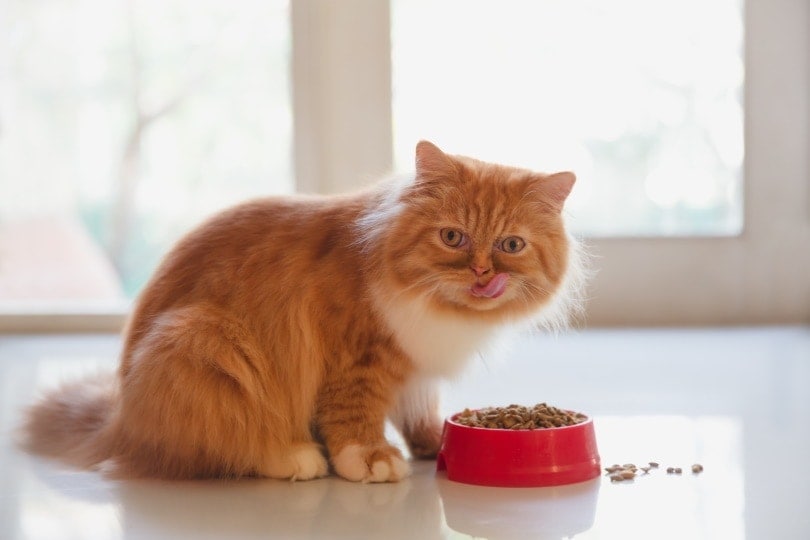
If your cat has a problem with overeating or eating too quickly, you can help slow down their eating by providing them with food puzzles that require them to solve the puzzle to get the food. When they have to spend time solving the puzzle in between bites, they won’t be able to eat so fast that their brain thinks they need to regurgitate what they’ve eaten.
You can also hide smaller portions of your cat’s usual food around the house if you have time. This will make them seek out and “hunt” for their food as if they were in the wild. Again, this is an excellent way to slow down a speed eater and a fantastic way to stimulate your cat mentally and keep them thinking.
Illness
If your cat is vomiting regularly, it may have an underlying illness that needs to be treated. Vomiting regularly, even more than once a month, is atypical and should be a cause for concern for cat parents. The following illnesses may all display as frequent vomiting:
- Food allergies
- Poisoning
- Intestinal parasites
- Inflammatory bowel disease
- Diabetes
- Hyperthyroidism
- Kidney disease
- Cancer
If you suspect your cat is ill, you should have them evaluated by a veterinarian. They will be able to test to find out if there is an underlying cause for your cat’s vomiting and direct you to keep your cat healthy.
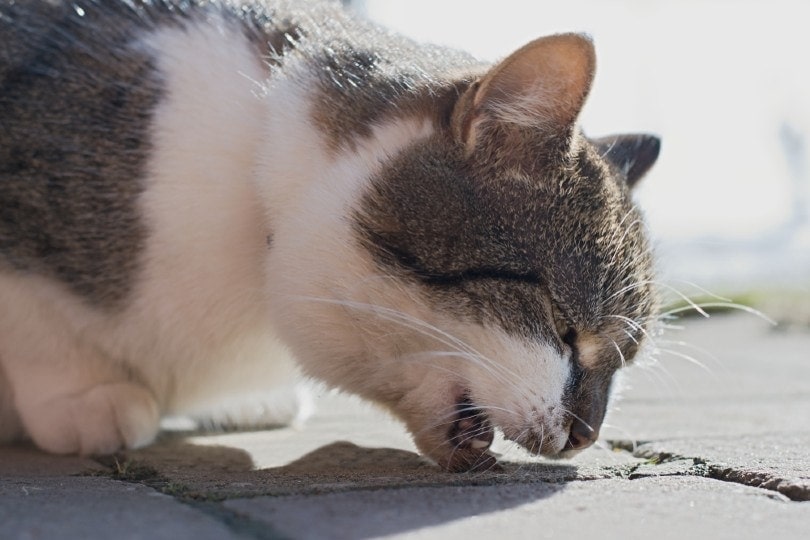
Conclusion
Vomiting is frustrating for all the parties involved. But, while the cleanup may be frustrating for you, it’s equally uncomfortable for your cat to be vomiting. Luckily cat vomit isn’t as hard to clean up as it may seem. By using one of these methods and with a little bit of elbow grease, your sofa will look good as new!
Featured Image Credit: Freer, Shutterstock



